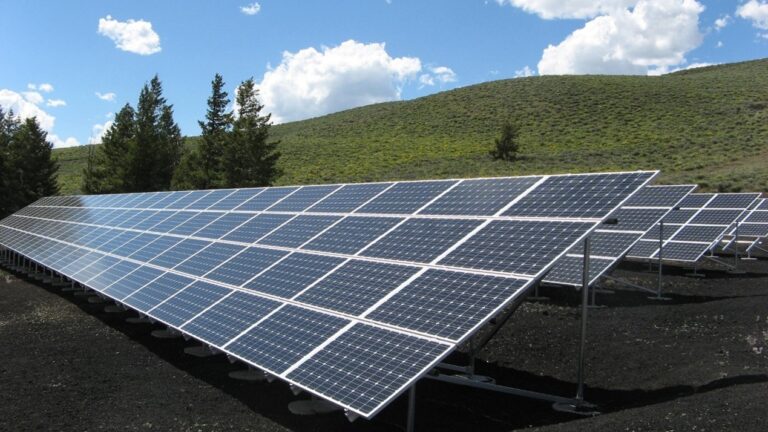With the increased of environmental awareness of Chinese consumers and with the Chinese government’s environmental policy support, household products market demand for environmentally friendly products increases at the same time. Household products in China with the concept of environmental protection and creative packaging will be the main trend of the market. Compared to foreign relatively mature household products market, the starting Chinese market attracts many international brands. With continually improved consumption level, Chinese consumers are also an attractive point for foreign household brands to enter into the Chinese market.
Regulation of Eco-friendly Household Products
On January 1, 2015, The Environmental Protection Law, known as the most stringent environmental law was introduced to eliminate some illegal furniture companies which were producing illegal furniture with no respect of the material used. From July 1st, 2015, the standard emission of Air Pollutants For Wood Furniture Manufacturing Industry has been established. This standard is toward paint and furniture industry which are considered as two major polluting industries. It also highlights the protection of the wood in this industry. In December 2015, the National Standards Committee issued a new revision of the national standard air purifier, in addition, to drawing a clearer definition of the efficacy of air purifier against all the household pollutants such as formaldehyde.
On December 1, 2015, the Ministry of urban and rural housing construction formally implemented specifications for residential interior design. The organization will regulate the interior decoration based on specific details, in order to protect consumers’ rights. These new standards will regulate all aspects of the standard of household products.

Environmental Friendly Coatings in China
China’s urbanization level has reached more than 50%, yet there still exists a large gap between the overall level of urbanization in China and developed countries, which is precisely the opportunity of painting and furniture’s’ companies. The 90s generation is the target market of the industry, customers are indeed paying more attention to the quality of the coatings but also to its environmentally friendly aspects. Their vision of environmentally friendly painting products is reflecting their own standards. Indeed, Chinese new generation is turning to a more conscious society, more and more are painting and decorating themselves their houses.
In 1992, Nippon Paint entered into China’s market and it has now become one a leader in China’s painting industry. Nippon has gained the trust of people with its environmental responsibilities and its safe products. They will always strive to ensure that their paint innovations are kind to the environment – protecting nature will always remain a priority for the brand. The service center is a hub between consumers, painters, and Nippon Paint branches. Different from its competitors such as Dulux that are launching identical products all over the world, Nippon has adjusted measures to meet local conditions. For instance, according to the different climatic conditions across China, Nippon Paint provides different putty powder formula to adapt to the local climate. In 2014, Nipsea Group’s turnover has reached more than $30 billion, Nippon China’s turnover was about 136 billion Yuan, which accounted for more than 71% of the group’s result.
LED Industry Market has a Great Potential
LED is a semiconductor device that can convert electrical energy into light energy. Compared with the traditional light source, LED light source has many advantages such as energy saving, environmental protection, safety, small size, long life, and so on. The LED industry has a long industrial chain, including upstream epitaxial growth, middle reaches of the chip manufacturing, downstream chip packaging and application areas.
During 2006 to 2014, the overall market size of China’s LED industry grew from 35,600 billion Yuan to 350.700 billion Yuan, with an average annual growth rate of 33%. In November 2011, the National Development and Reform Commission officially released a Roadmap, which plans to fully ban the import and sales of incandescent lamps. Therefore, the LED light source will become the main development direction of the future light sources. From 2015 to 2017, the compound growth rate of this market is expected to remain at 30% or even more. The market potential is huge, in 2017, China’s LED market size will reach 748 billion 500 million Yuan,
Global LED market has three major regions–Asia, USA, and Europe. The major manufacturers in Japan are Nichia and Toyoda Gosei while in America is Cree and in Europe, Philips Lumileds and Osram. These five manufacturers have perfect industry chains and logistics with the support from strong technical strength in the upper reaches of the industrial chain.
However, LED started late in China, most manufacturers started from the package part and gradually into the production of epitaxial films. With relatively low labor cost and preferential policies for LED industry, foreign large LED manufacturers have come to China to set up factories, leading to the international packaging industries and gradually transfer to mainland China.
Companies in China are more and more aware of the impact of their action toward the environment and the consumers. A lot of companies in China are turning to a more sustainable approach with a customer focus, an environmental and technological innovation.
See also our services:
To know more about China’s market, contact us at dx@daxueconsulting.com




